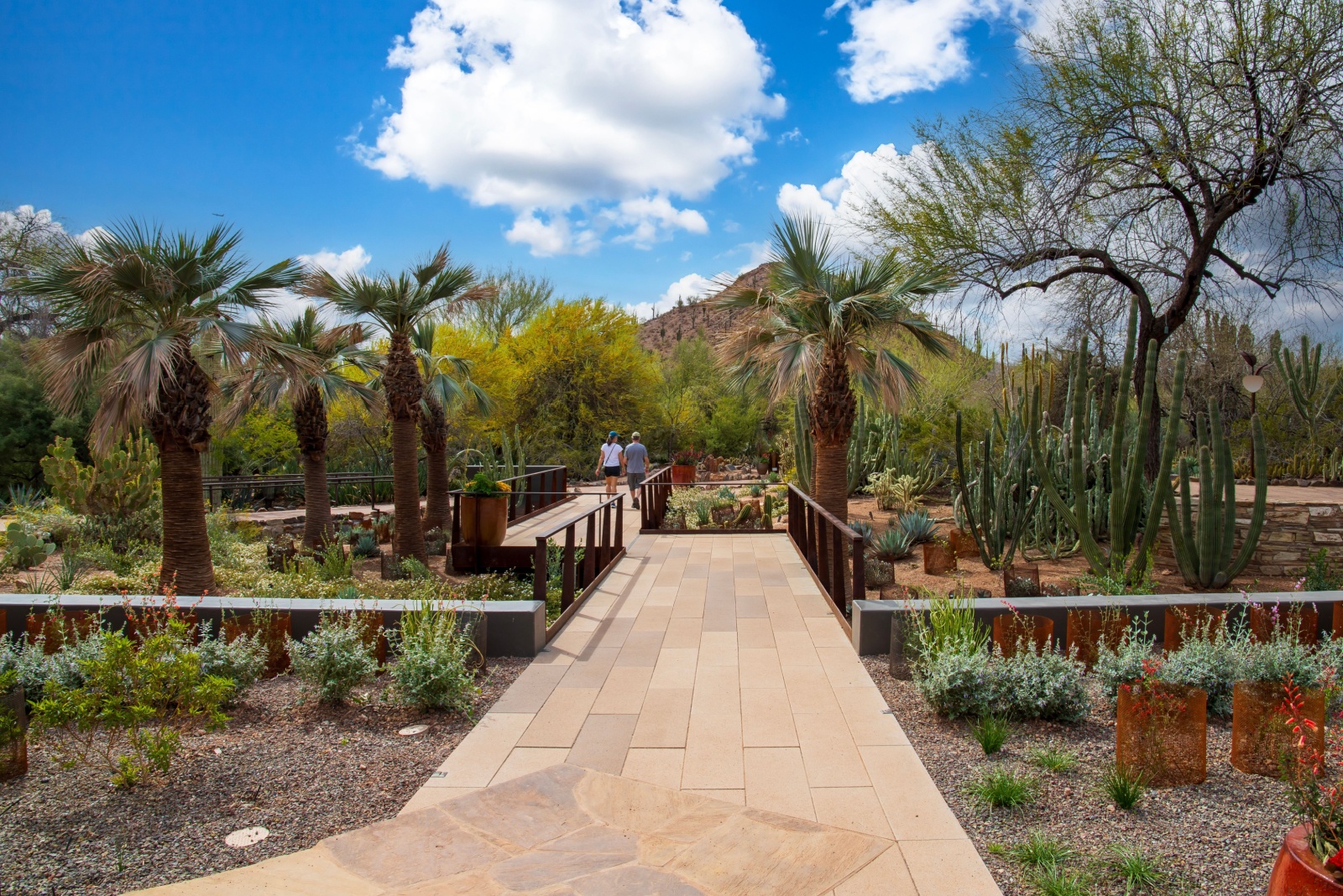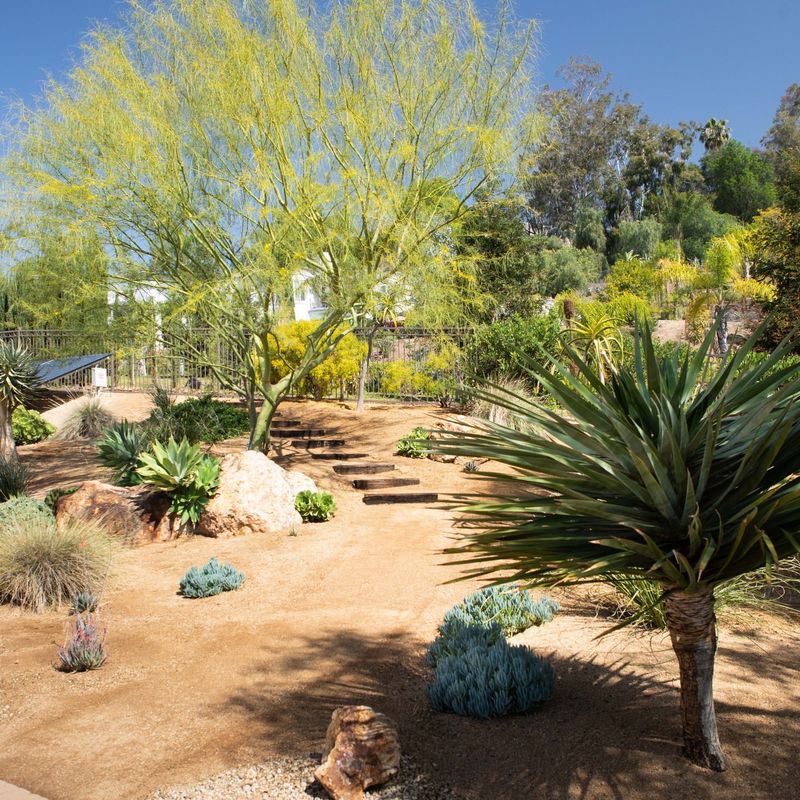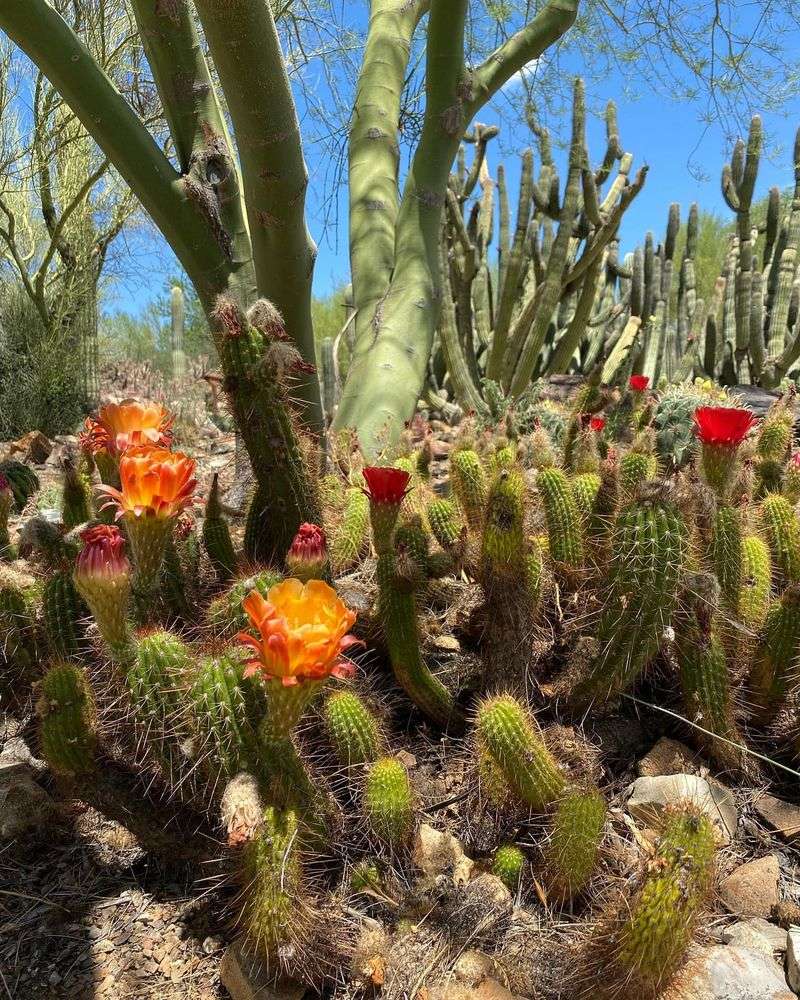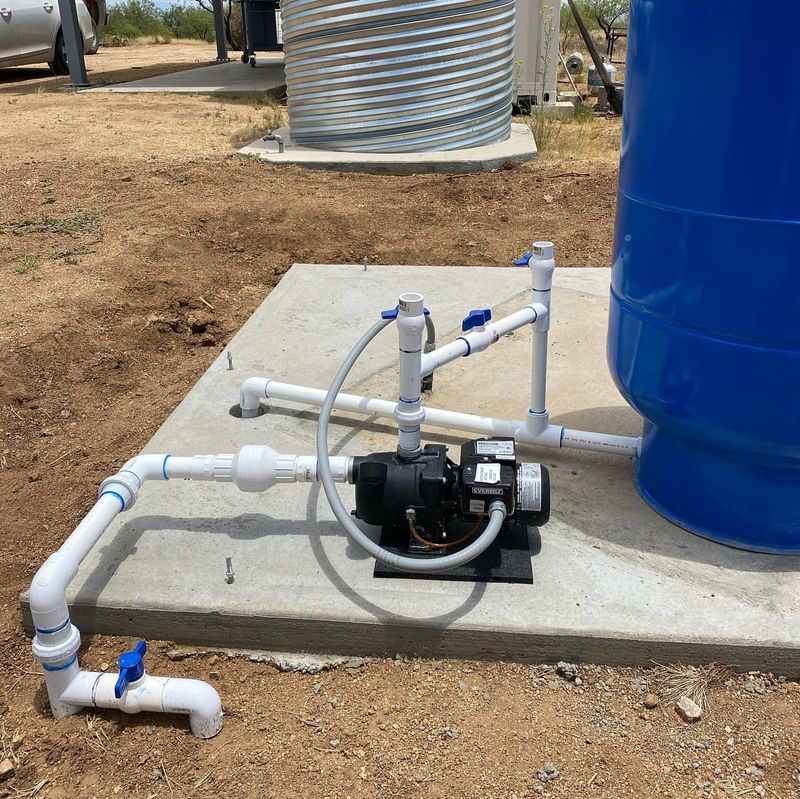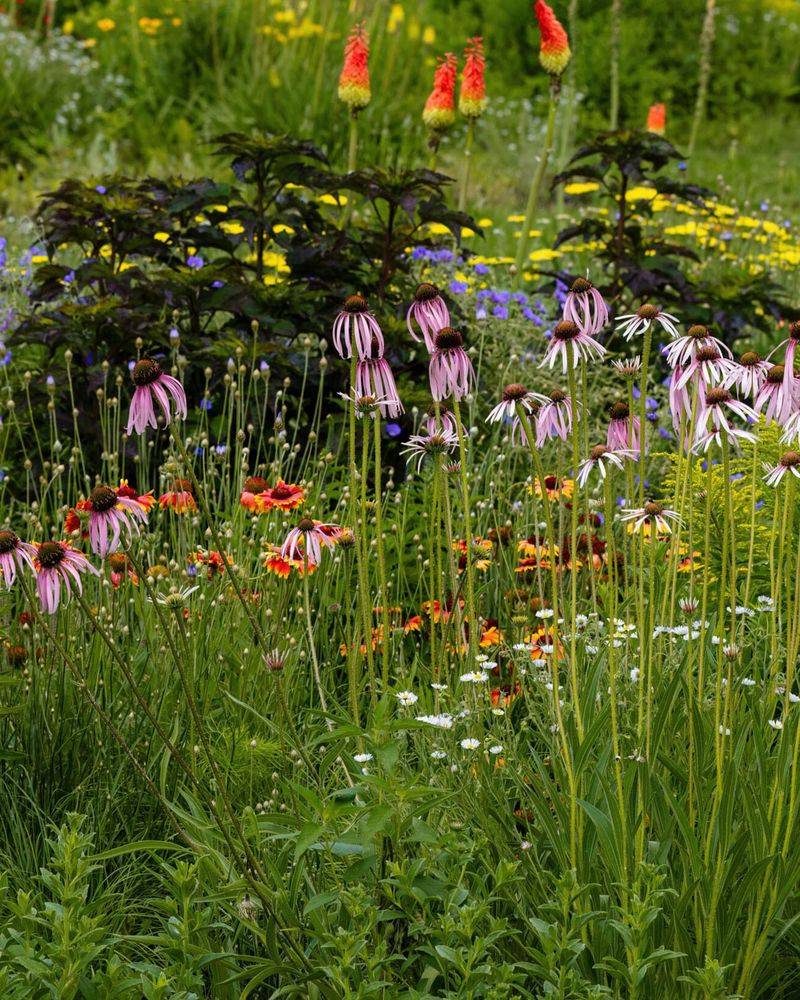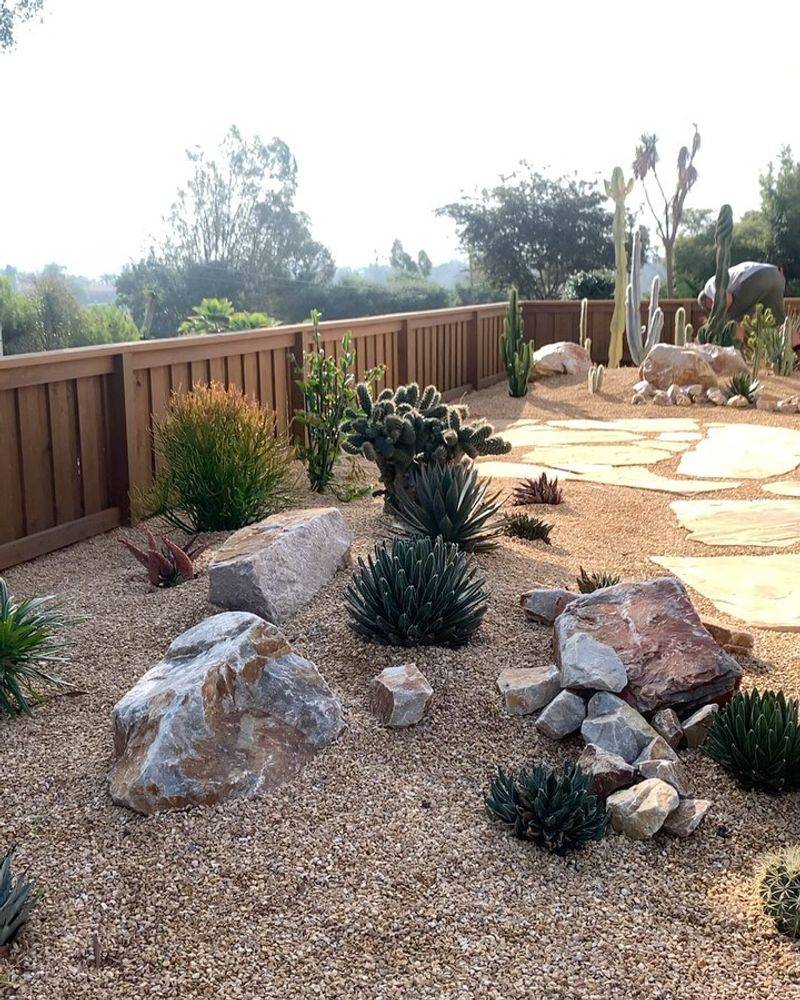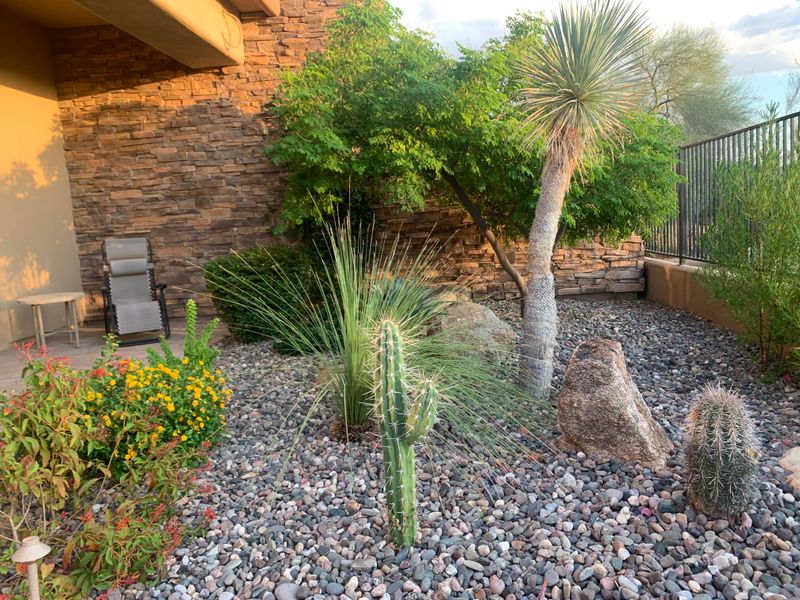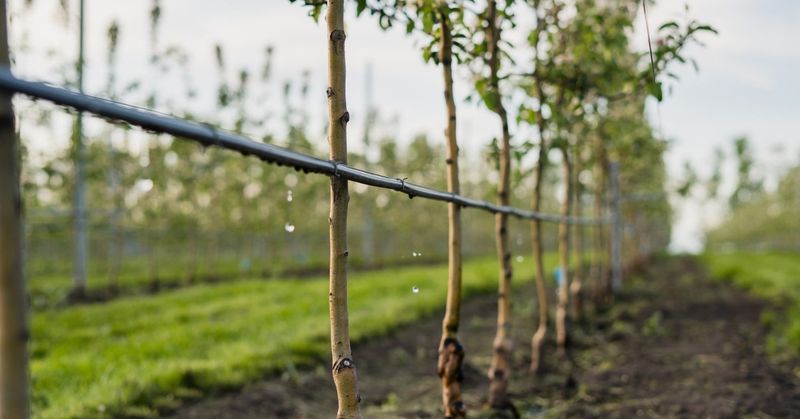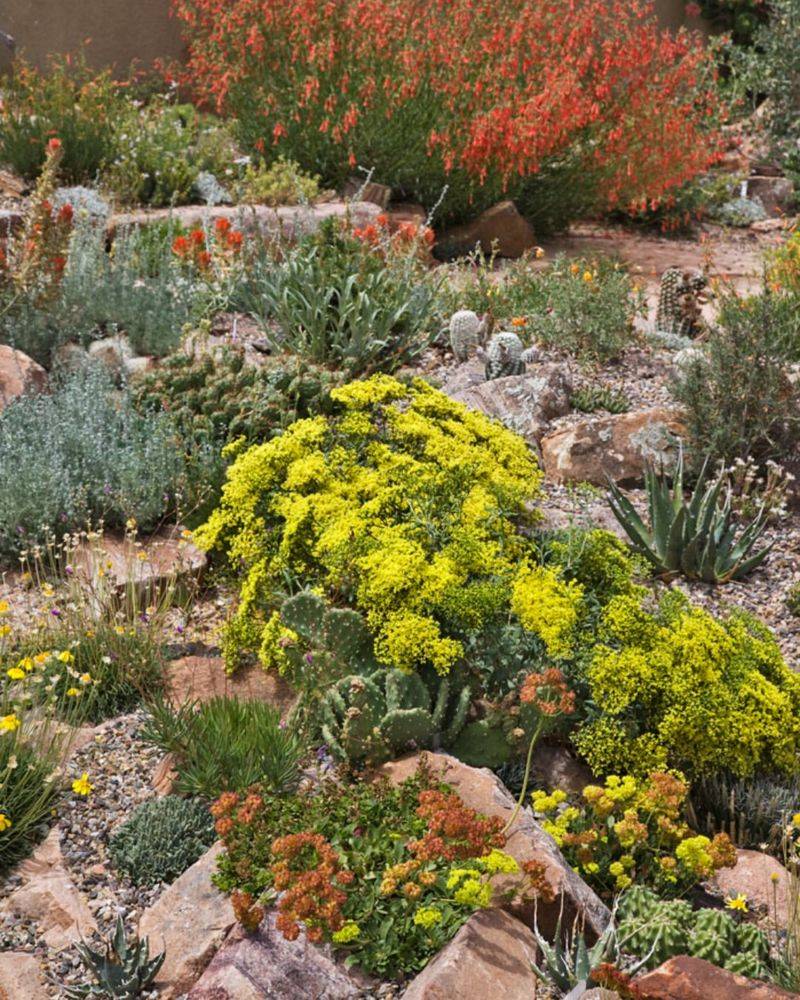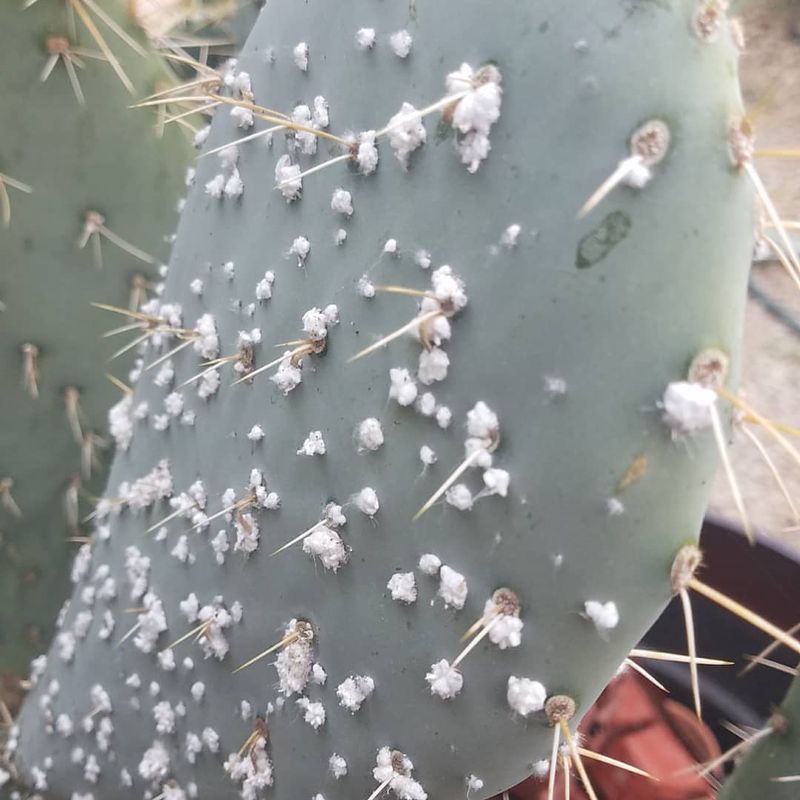Turning the harsh Arizona desert into a thriving garden takes special know-how and the right plants. The scorching sun, minimal rainfall, and sandy soil create challenges most gardeners never face.
With these practical tips, you can create a beautiful desert landscape that conserves water while showcasing the unique beauty of cacti and native plants.
1. Choose Native Plants That Thrive Naturally
Desert-adapted natives like palo verde trees, desert marigolds, and brittlebush already know how to survive in Arizona. Their deep root systems and specialized features make them perfect low-maintenance choices.
Native plants attract local pollinators like hummingbirds and butterflies, creating a mini-ecosystem in your yard. Plus, they typically need less water and fertilizer than non-natives, saving you time and resources.
2. Master The Art Of Cactus Planting
Handling prickly plants requires special care! Wrap cacti in newspaper or use tongs when planting to avoid painful spines. Plant during cooler months, giving roots time to establish before summer heat arrives.
Always use well-draining cactus soil mixed with pumice or perlite. After planting, wait at least a week before watering to allow any damaged roots to heal, preventing rot that could kill your spiky friends.
3. Create Shade Zones For Delicate Plants
Not every desert plant loves full Arizona sun! Strategic placement of taller plants or structures creates essential shade pockets for more delicate species. Morning sun with afternoon shade works best for many desert plants.
Try placing larger cacti or native trees on the west side of your garden. Their shadows will shield sensitive plants during the harshest afternoon heat. Even desert natives like coral bells and desert ferns appreciate this thoughtful arrangement.
4. Harvest Rainwater Like Desert Gold
Rain barrels and simple catchment systems turn occasional desert downpours into free irrigation. A single monsoon storm can fill multiple barrels with water that would otherwise wash away!
Create shallow depressions called rain gardens around plants to direct natural rainfall toward roots. Sloping your landscape slightly toward planted areas helps every drop count. Remember, harvested rainwater contains natural nutrients that tap water lacks.
5. Perfect Your Watering Schedule
Watering deeply but infrequently trains plant roots to grow downward seeking moisture. Most established desert plants need thorough watering just once every two or three weeks, even in summer.
Early morning watering reduces evaporation and prevents fungal issues. Avoid evening watering which can promote root rot and attract pests. Adjust your schedule seasonally – plants need less water during winter dormancy and more during extreme heat waves.
6. Build Better Soil For Desert Success
Arizona’s sandy soil needs organic matter to retain moisture and nutrients. Work compost into planting areas, but avoid overdoing it for cacti and succulents which prefer leaner conditions.
A layer of decomposed granite or small stones as mulch helps prevent erosion while looking natural. Unlike wood chips, stone mulch won’t blow away in desert winds. Add a thin layer of worm castings yearly to provide gentle, slow-release nutrients.
7. Group Plants By Water Needs
Hydrozoning saves water by grouping thirsty plants together separate from drought-tolerant ones. Your garden becomes more efficient when similar plants share irrigation zones.
Place moderate water-users like desert willow and penstemon in one area. Keep extreme drought-masters like barrel cacti and agaves in another zone. This smart arrangement prevents overwatering some plants while underwatering others, leading to healthier plants overall.
8. Install Smart Irrigation Systems
Drip irrigation delivers water directly to plant roots, minimizing waste through evaporation. Modern systems with smart controllers adjust watering based on weather conditions and soil moisture levels.
Emitters with different flow rates allow customization for various plant needs. Small cacti might need 1/2 gallon per hour while larger shrubs require 2 gallons. Investing in quality components prevents frustrating leaks and clogs common in cheaper systems.
9. Protect Plants From Extreme Weather
Frost cloth saves tender cacti and succulents during rare Arizona freezes. Keep it handy for winter nights when temperatures dip below 32°F. Summer sun can scorch even native plants during extreme heat waves.
Temporary shade cloth provides relief during record-breaking temperatures above 110°F. Young plants particularly need protection their first summer. Consider wind barriers too – strong desert gusts can damage tall cacti and dry out other plants rapidly.
10. Manage Pests The Desert Way
Desert gardens face unique pest challenges, from packrats to cactus borers. Natural deterrents like diatomaceous earth control crawling insects without harsh chemicals. Encouraging beneficial insects creates natural balance.
Watch for cochineal scale on prickly pear – those white cotton-like patches that can be removed with a strong water spray. For larger pests, physical barriers work best. Wire baskets protect young plants from hungry rabbits and ground squirrels until they’re established.

